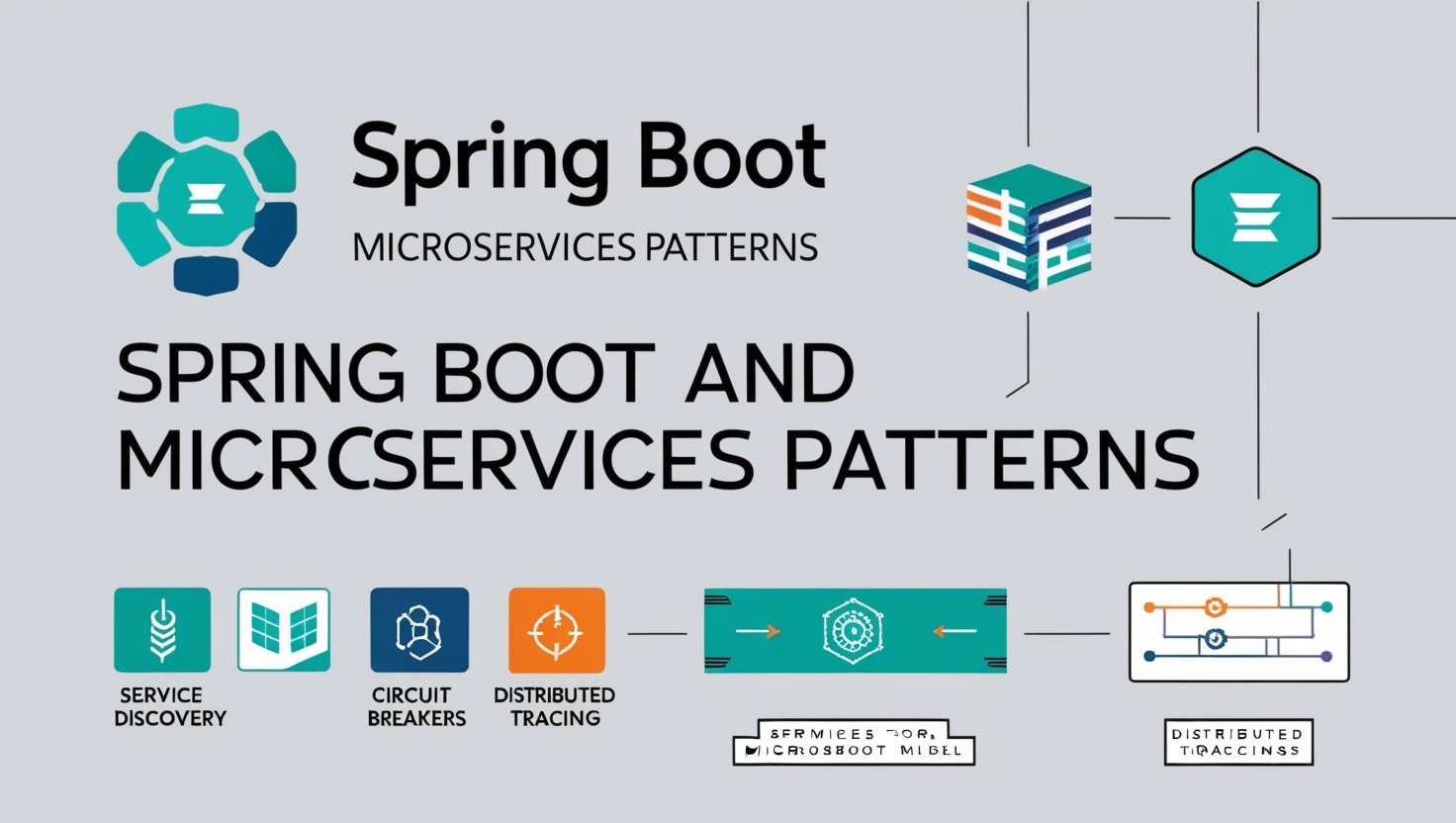In the world of software development, microservices have gained immense popularity for their flexibility and scalability. However, implementing microservices can be a daunting task, especially with the myriad of patterns and practices available. This blog post explores various Spring Boot and Microservices Patterns and demonstrates how to implement them using Spring Boot, a powerful framework that simplifies the development of Java applications.
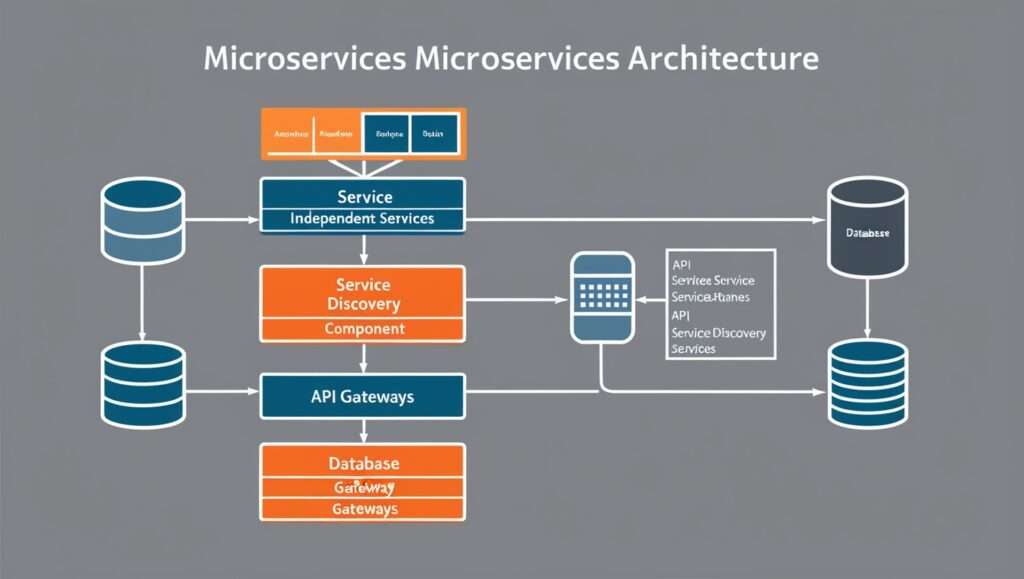
Table of Contents
Spring Boot and Microservices Patterns
Microservices architecture is based on building small, independent services that communicate over a network. To effectively manage these services, developers can leverage several design patterns. Here are some of the most commonly used microservices patterns:
- Service Discovery
- Circuit Breaker
- Distributed Tracing
Let’s delve into each of these patterns and see how Spring Boot can facilitate their implementation.
1. Service Discovery
In a microservices architecture, services often need to discover each other dynamically. Hardcoding the service locations is impractical; thus, service discovery becomes essential.
Implementation with Spring Boot:
Using Spring Cloud Netflix Eureka, you can easily set up service discovery. Here’s how:
- Step 1: Add the necessary dependencies in your
pom.xml:
<dependency>
<groupId>org.springframework.cloud</groupId>
<artifactId>spring-cloud-starter-netflix-eureka-client</artifactId>
</dependency>
Step 2: Enable Eureka Client in your Spring Boot application:
@SpringBootApplication
@EnableEurekaClient
public class MyApplication {
public static void main(String[] args) {
SpringApplication.run(MyApplication.class, args);
}
}
Step 3: Configure the application properties:
eureka:
client:
service-url:
defaultZone: http://localhost:8761/eureka/
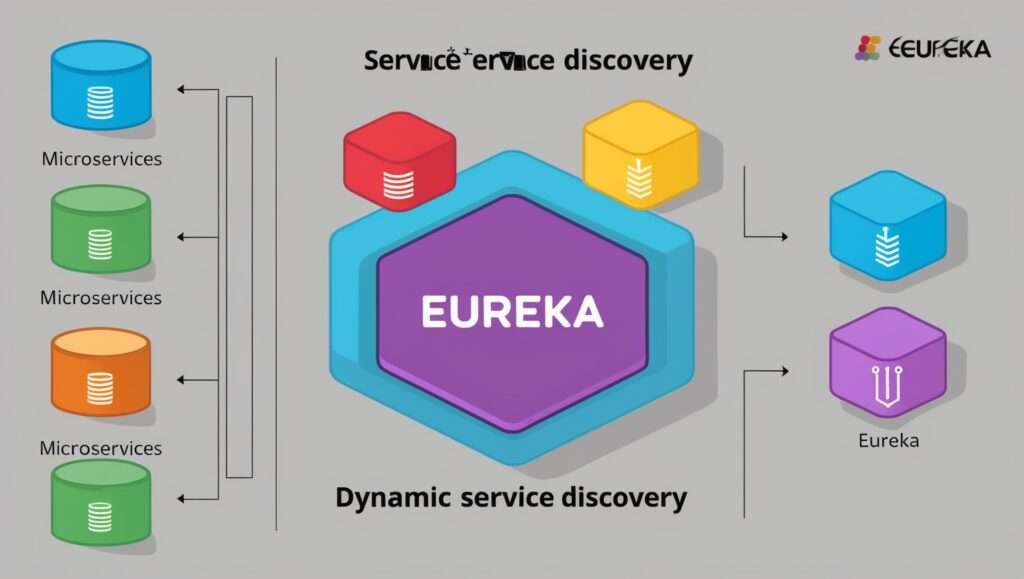
By following these steps, your Spring Boot application will register with the Eureka server, allowing it to discover other registered services easily.
2. Circuit Breaker
Microservices often depend on one another, which can lead to cascading failures if one service goes down. The Circuit Breaker pattern helps to manage these failures gracefully.
Implementation with Spring Boot:
Spring Cloud provides a simple way to implement the Circuit Breaker pattern using Resilience4j. Here’s a step-by-step guide:
- Step 1: Add the dependency in your
pom.xml:
<dependency>
<groupId>io.github.resilience4j</groupId>
<artifactId>resilience4j-spring-boot2</artifactId>
</dependency>
Step 2: Use the @CircuitBreaker annotation on your service methods:
@Service
public class MyService {
@CircuitBreaker
public String callExternalService() {
// logic to call an external service
}
}
Step 3: Configure fallback methods:
@Service
public class MyService {
@CircuitBreaker(fallbackMethod = "fallbackMethod")
public String callExternalService() {
// logic to call an external service
}
public String fallbackMethod(Exception e) {
return "Fallback response due to: " + e.getMessage();
}
}
With this setup, if the external service call fails, the circuit breaker will activate, and the fallback method will provide a default response.
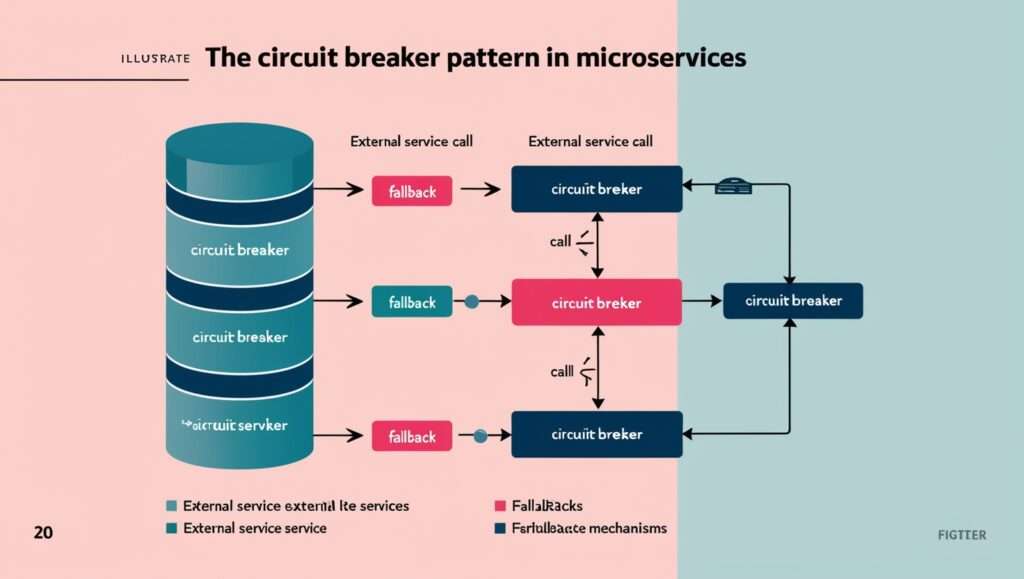
3. Distributed Tracing
As microservices can be spread across different systems, tracking requests across services can become challenging. Distributed tracing helps monitor and troubleshoot these complex systems.
Implementation with Spring Boot:
You can utilize Spring Cloud Sleuth along with Zipkin to achieve distributed tracing. Here’s how:
- Step 1: Add the dependencies:
<dependency>
<groupId>org.springframework.cloud</groupId>
<artifactId>spring-cloud-starter-sleuth</artifactId>
</dependency>
<dependency>
<groupId>org.springframework.cloud</groupId>
<artifactId>spring-cloud-starter-zipkin</artifactId>
</dependency>
Step 2: Configure your application properties:
spring:
zipkin:
base-url: http://localhost:9411/
sleuth:
sampler:
probability: 1.0
- Step 3: Observe traces in Zipkin:
Once your application is running, you can visit the Zipkin UI at http://localhost:9411 to view the traces of requests as they flow through your microservices.
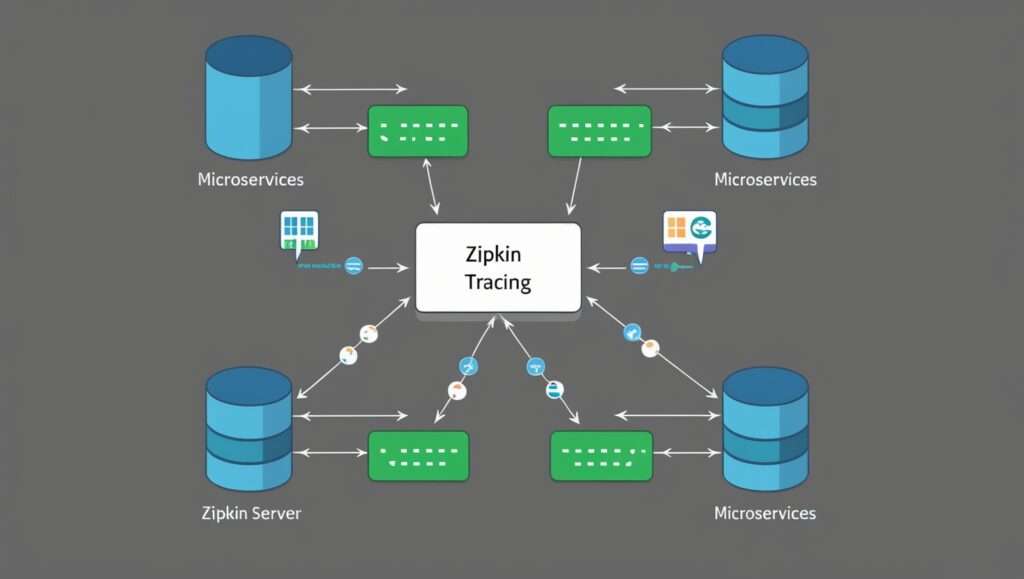
Conclusion
Microservices architecture, while powerful, comes with its own set of complexities. However, by employing key patterns like service discovery, circuit breakers, and distributed tracing, you can significantly simplify the implementation and management of your microservices. Spring Boot, with its extensive ecosystem, makes it easier to adopt these patterns effectively.
As you embark on your microservices journey, remember that clarity in design and adherence to established patterns will lead to more resilient and maintainable applications. Happy coding!
By incorporating these patterns in your Spring Boot applications, you’ll not only enhance the robustness of your microservices but also provide a smoother experience for your users. If you have any questions or need further clarification, feel free to leave a comment below!
